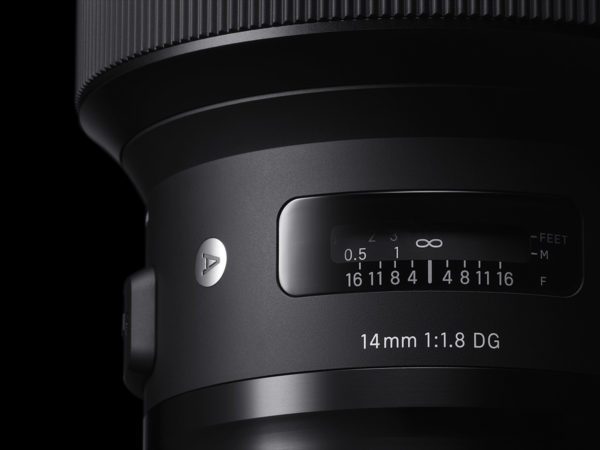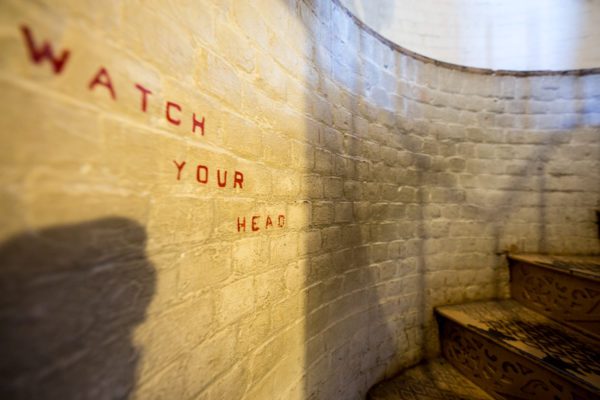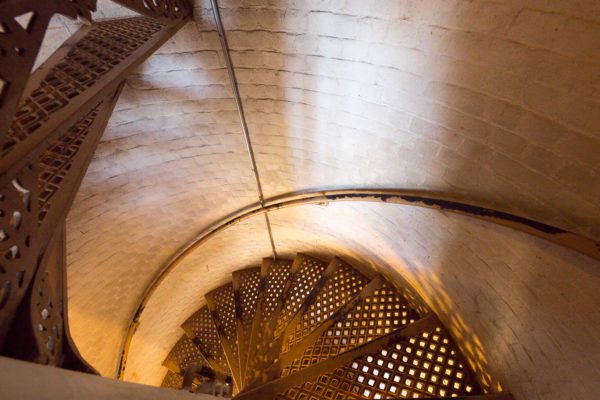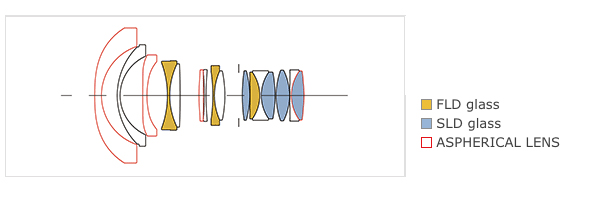
Earlier this year, we announced the world’s first full-frame 14mm F1.8 prime wide angle lens. Featuring the industry’s largest aspherical glass element, this ultra-fast, ultra sharp ultra wide lens is a game changer. Yes, it seems we find ourselves saying things like that a lot these days; but it is true. The Art lenses truly have redefined the lens landscape over the past half-decade, and the 14mm F1.8 DG HSM | Art lens delivers edge to edge performance, exceptional aberration correction, and swift autofocus while taking in a sweeping 114.2º angle of view on super-resolution full-frame DSLR cameras.

This lens has been making huge waves in the astrophotography, landscape, and architectural arenas since it began shipping mid-summer. You can check out some of the amazing work Astrophotographer Jack Fusco has made so far with this lens and gather some night photo tips in this piece, and in this incredible video (check back Tuesday for the link!). Here, we are going to focus on the in-the-hands, and on-the-ground experience with this awesome new lens.

Sigma 14mm F1.8 DG HSM | Art: Physical Size and Hand Feel
At nearly two and a half pounds, and with a 3.8 inch diameter and 5 inch length, the Sigma 14mm F1.8 DG HSM | Art is a solid chunk of high quality glass and electronics. Of the 16 elements in 11 groups in the optical path, three are FLD glass, four are SLD glass, and three are Aspherical lenses. The petal-type hood is permanently attached, and the fit and finish is in the distinctive and elegant Art line finish. The full-time manual focus ring is towards the front of the barrel, at the widest diameter of the lens, for easy focus tuning and the AF switch location and feel is familiar to anyone who has handled an Art lens. Because the lens field of view is so wide, you’ve got to be mindful to keep stray fingers out of the framing when cradling the lens in your hands—once you’ve caught yourself through the viewfinder gripping the front of the petals, you’ll quickly stop this habit!


Autofocus performance and close-focusing distance
Autofocus is surprisingly swift for a very wide angle lens—even in typical indoor conditions, and even with single peripheral AF point selected. Close-focusing distance is 10.6 inches; remember, this is measured from the focal plane, so that’s just over five inches in front of the lens itself.

The combination of very fast aperture and close focusing allows for shallow depth of field bokeh effects combined with a sweeping field of view for creative takes on ultra wide photograph—in addition to the near to far total sharpness hyper focal style of image this class of lens is also known for when focused a bit further afield and stopped down to middle apertures.




Angle of View, Wide Angle Distortion, Rectilinear Correction, and Perspective Distortion
The Sigma 14mm F1.8 DG HSM | Art has a 114.2º angle of view on full-frame cameras. This is a sweeping field of view that is much more wide than the human standard perception. As a class of lenses, ultra wide angle lens exhibit extension distortion. This is how the greater arc of information is projected onto the sensor. Objects that are nearer to the edge of the frame exhibit the characteristics of extension distortion the closer they get. This is how a sweeping field of view is accomplished.

The Sigma 14mm Art lens is a rectilinear ultrawide, so it is designed specifically to keep straight lines as straight as possible. The Fisheye class of lens, on the other hand, is designed to take in a sweeping field of view, and does not attempt rectilinear correction. This class of lens shows extreme, intentional barrel distortion as a design characteristic. Straight lines appear curved, and curve more so closer to the edges of the frame.

All Rectilinear lenses, from Ultrawides to Superteles, are benchmarked on their optical performance by how well the lens keeps straight lines straight. If a lens shows a little of the fisheye effect unintentionally, where a straight line is bowed towards the edge of the frame, that is called Barrel distortion. If it is pinched in and bowed towards the center, that is called Pincushion distortion. So, Barrel or Pin distortion is not the same thing as extension distortion. Why do I mention all of this? Because I have read several recent reviews online from photographers and editors who should know better who have called extension distortion “barrel distortion” while illustrating their “point” with a two or three-point perspective image perfectly illustrating the rectilinear correction of this or that ultra wide lens! The principle of Extension distortion is what fuels this entire class of lenses.


Another characteristic of ultra wide angle lenses is perspective distortion, and this can be employed for creative effects. Thanks to the sweeping field of view, parallel lines appear to converge at a vanishing point that is much nearer than with a standard or telephoto lens. And when you’ve got one, two, and three point perspective compositions, it can be used to give a serious sense of scale. And the effect is amplified the more any of the axes deviates from the focal plane. Buildings can fall away and distance can be expressed dramatically. But it also means that if there’s not an alignment anchored to one axis, it can appear haphazard, or accidental and disorienting to the viewer.
So…all that being said, the Sigma 14mm F1.8 DG HSM | Art lens does an outstanding job with rectilinear correction and total image quality for an ultra-wide lens. The bottom lines is straight lines stay straight, and there’s great edge to edge sharpness and crispness with this lens. It is super-sharp at F1.8, and stopped down, is just mind-blowing.
Lens Flare, very wide fields of view, and High Dynamic Range Imaging
Taking in nearly one-third an arc of a circle, there a good chance the sun is in, or near your framing with an ultra wide lens like the 14mm F1.8 DG HSM | Art lens during daylight hours. Therefore, flare control is critical. I shot into the sun, around the sun, across the sun, and in every instance, flare and ghosting was exceptionally well controlled. And so was chromatic abberation, which can often be a hobgoblin for ultrawides near the frame edge.


This optical formula is really impressive at taming these sorts of imaging issues, and this makes the 14mm Art a great choice for ultrawide angle high dynamic range imaging. When you are taking in such a sweeping field of view, there is oftentimes a very wide dynamic range that can tax the sensor performance for a single shot even in the best modern DSLRs. It is 2017, not 2007, so I’m not interested in debating the artistic merits of HDRI versus single shot; and if you don’t choose to employ this technique, that’s your personal decision. But when it comes to ultrawide angle primes, everything about the imaging characteristics that makes the 14mm F1.8 DG HSM | Art a favorite among astrophotographers and architectural photographers also rings true for HDRI photographers.
The Sigma 14mm F1.8 DG HSM | Art in a Nutshell
The Sigma 14mm F1.8 DG HSM | Art truly is in a class of its own. There is no other full-frame DSLR lens that pairs its ultra wide angle, fast F1.8 maximum aperture, autofocus capabilities, and the signature performance that is the hallmark of the Art line of lenses. The focal plane is sharp even at widest apertures, and the close-focusing abilities plus F1.8 F-stop allow for close-up details and sweepingly blurred backgrounds. Focused farther afield—hyperfocal at F1.8 or stopped down a bit, this lens takes it all in with impressive edge to edge sharpness. Whether in dark sky territory to capture the Milky Way, on Main Street to shoot architectural details, or on a hike to capture nature, this 14mm Art lens is ready to take it all in.


